#charles frend
Explore tagged Tumblr posts
Text






Scott of the Antarctic (1948) Charles Frend
December 30th 2024
#scott of the antarctic#1948#charles frend#john mills#harold warrender#derek bond#reginald beckwith#james robertson justice#diana churchill#kenneth more#john gregson#anne firth#ealing
10 notes
·
View notes
Photo
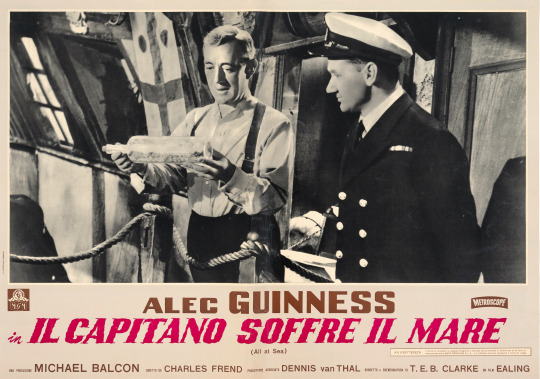
Barnacle Bill (aka All at Sea), Italian lobby card (fotobusta). 1957
#submission#Barnacle Bill#All at Sea#Charles Frend#Alec Guinness#Lobby Card#Lobby Cards#Fotobusta#Fotobuste
3 notes
·
View notes
Text
Mechanical Cinematics: My Top 5 Movies Involving Ships
Mechanical Cinematics: My Top 5 Movies Involving Ships #Film #Cinema
The history of sea travel in cinema reflects the evolution of cinematic storytelling and the enduring fascination with maritime adventures. From the early days of silent films to the present, ships and sea voyages have provided filmmakers with a rich tapestry of narratives. In the early 20th century, silent films like The Sea Beast (1926) and The Sea Hawk (1924) showcased maritime adventures with…

View On WordPress
0 notes
Text
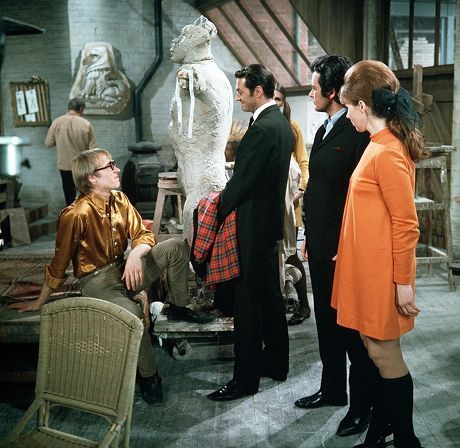
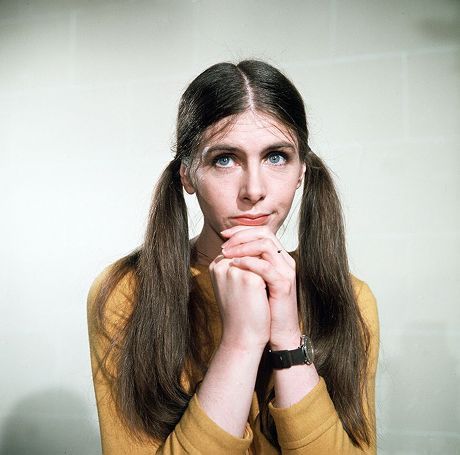
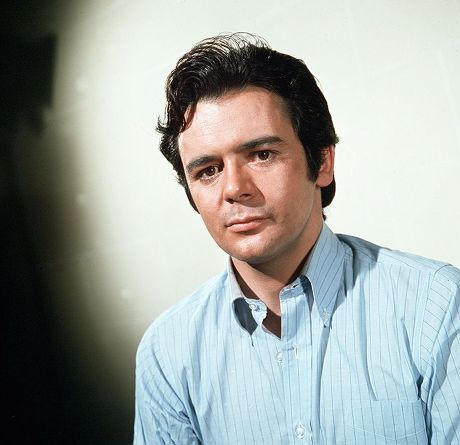
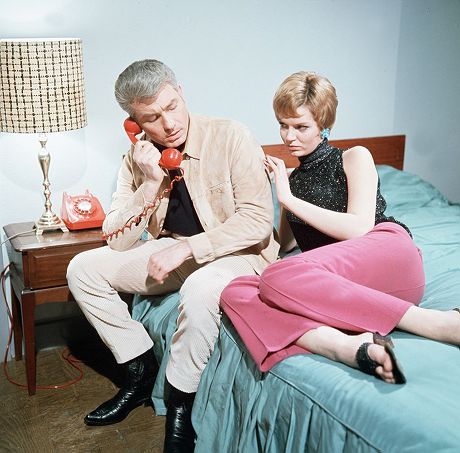


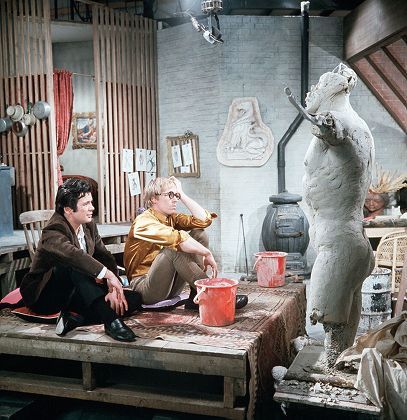
Man in a Suitcase: Jigsaw Man (1.22, ITC, 1968)
"Look, I have to pay for all this luxury I live in here."
"Middle class morality. I've never done an honest day's work in my life."
"It shows, too."
#man in a suitcase#jigsaw man#itc#1968#classic tv#reed de rouen#stanley r. greenberg#charles frend#richard bradford#paul bertoya#michael sarne#maurice kaufmann#john bluthal#john collin#bridget armstrong#shivaun o'casey#nike arrighi#brenda lawrence#sigh. I'd forgotten this episode until i hit play and instantly remembered Why I'd forgotten it (wishful thinking). I've discussed before#in other tags on other shows‚ but ITC seemed to develop the idea‚ at least in their 60s best known work‚ that they always needed a comic#episode to offset the drama; The Saint did it multiple times‚ there are examples in pretty much every major ITC series of the era and they#almost always are among the weakest episodes. this is no different. a silly tale about a roving playboy and McGill's attempts to track him#down and make him a responsible member of society (until McGill too sees the joys of eat pray love or whatever Bertoya is espousing)#a ham fisted parody of the late 60s youth counter culture‚ with broadly drawn characters played in caricature. this was de Rouen's first#work on the series (he'd return as writer and actor on the superior 1.30) but the involvement of Greenberg as writer is kind of shocking;#he'd acted as script editor and essentially showrunner on the first half of the series‚ so to get it this wrong is kind of staggering. then#again‚ he'd left the series during the production break (he and Bradford did not get on at all) and may have contributed this script at a#point of disillusioned disinterest. Kaufmann is about the only actor to come out of this looking good‚ probably bc he's the only one to#play it straight. Sarne had been an actor turned pop star turned director and producer‚ and this was a rare return to acting for him.#he shouldn't have bothered; he's one of the worst aspects of what is probably the worst episode of the series. ymmv but thumbs down for me
1 note
·
View note
Text
⁺。˚⋆˙Imagine being named like a tank ? | OP81⁺。˚⋆˙
pairing: Charles Leclerc x iceskater!user ( she her ),
genre: social media au,
warnings: Cursing, overuse of the word bitch 'affectionate' , Charles getting bullied
summary: in which Charles is getting bullied by his best friend but doesn't care because he is a simp
fc: Evgenia Medvedeva
instagram ->



liked by pierregasly, alexandratrusova and many others
yourusername : Imagine being the sidekick of your dog ? Lame I would neeever. Happy birthday idiot, bitch or whatever
tagged : charles_leclerc
pierregasly : 🍿🍿
charles_leclerc : Pierre ?? You are supposed to support me ?? pierregasly : sorry but Leo is pretty cool
charles_leclerc : Day 100 342 or getting bullied by my best friend ...
yourusername : Imagine being lame and counting the days where your incredible best friend dedicace a whole fucking thread for your ? charles_leclerc : Imagine swearing on your Instagram account ? I would never yourusername : Blocked.
user7 : A friendship like that pretty please :)
user6 : A friendship ??? Let's be for real man. If something he is just a pathetic one trying to get in yn pants user7 : Gross, that's people like you that makes boy and girl friendship impossible
lando : Quit being his best frend I am looking for one
yourusername : If you quit being akward around Oscar charles_leclerc : Back off, I called dibs first oscarpiastri : Why am I brought into this ? lando : Nevermind
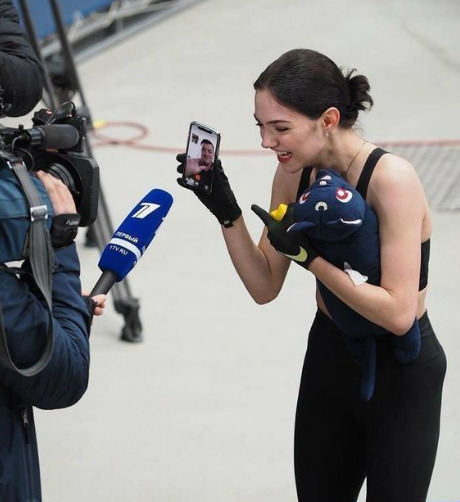


liked by lando, oscarpiastri, pierregasly and many others
charles_leclerc : Imagine being so lame that you show your best friend on live TV after getting silver ??? Could never be me
tagged : yourusername, alinazagitova
yourusername : BITCH
yourusername : Imagine being so lame that you can't even put a single step on the ice ???
sebastianvettel : I guess she roasted you charles_leclerc : SEBASTIAN ? YOU'RE SUPPOSED TO BE ON MY SIDE sebastianvettel : Sorry I don't know how to reply to a comment, Pierre didn't tell me how to. charles_leclerc : Okay fair enough charles_leclerc : WAIT NO WHAT
user1 : Pretty pretty pretty
charles_leclerc liked this comment
user2 : Charles is way much stronger than I am
user8 : When he is roasting you on Internet >>>>



liked by charles_leclerc, alexandratrusova, lando and many others
yourusername : When your best friend ask you to go with him to the FIA awards so you accept because you can gossip with pierregasly and georgerussell
tagged : pierregasly, georgerussell, dior and charles_leclerc
pierregasly : Yes yes yes gossip time
georgerussell : 🍵🍵 yourusername : I'll be so british and sip the tea
charles_leclerc : Lame ass you begged me to be my plus one
lando : Can I gossip ?
yourusername : No we are gossiping about yo and Oscar oscarpiastri : Once again why am I brought there ?
user19 : HOT AS HELL
user : Rocking Dior more than anyone rocked Dior
Twitter ->


Instagram ->






liked by yourusername, pierregasly and many others
charles_leclerc : Okay, well perhaps she is my girlfriend ... At least she wears red
Ferrari : She'll get Pr training
yourusername : I'll not charles_leclerc : If my girl don't want it then she won't do it <3
yourusername : AHA LAME GIRLFRIEND APPRECIATION LOSER
charles_leclerc : I am breaking up with you pierregasly : NO I WON'T DO 10 YEARS OF PINNING AGAIN
user3 : Pierre has suffered from it
user9 : Do I want to be her or be with her ?
yourusername : Now Lando and Oscar you kiss please
lando : BITCH SHUT UP oscarpiastri : ???






liked by pierregasly, alexandratrusova, oscarpiastri and others
yourusername : Yeah well apparently I have a boyfriend
tagged : charles_leclerc
charles_leclerc : See how she treats me ? Not a single picture were we see my face ?
yourusername : I just date you for Leo duh not your lame face charles_leclerc : Okay, I see how it is next race I'll go and kiss Pierre instead pierregasly : I am waiting babygirl charles_leclerc : .... Yn save me
oscarpiastri : My brother and mother >>>> my father
charles_leclerc : Will someone ( not Pierre ) stand with me ? lando : No <3
yourusername : I love you, I guess. Ugh.
charles_leclerc : Someone screenshot that
user6 : so cute
#f1#formula 1#charles leclerc#pierre gasly#f1 smau#smau#f1 fanfic#ferrari#charles leclerc x you#charles leclerc smau#masterlist#one shot#piarles#messing around#and landoscar
758 notes
·
View notes
Note
I feel LL would scare Fred ( the team principal) like
Carlos: you scare me
LL: thank you. You want me to swing at Ferrari?
Carlos: PLEASE
* looks and Charles and Enzo for approval*
C&E: go for it
LL: VASSUER
*frend internaly panicked*; yes
Thé entier team: *😳😬 WTF* Good luck Fred
-🍁
you think Little “has to hold her brothers’ hands for everything” Leclerc would scare anyone on the Ferrari team? 😭😭😭
its funny to think about tho 😭🫶🏻
38 notes
·
View notes
Text
For #FishyFriday:
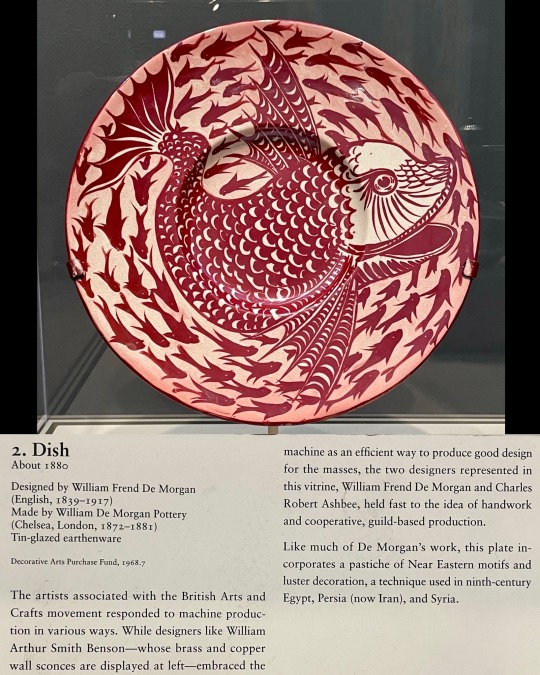
Dish, c.1880 Designed by William Frend De Morgan (English, 1839-1917) Made by William De Morgan Pottery (Chelsea, London, 1872-1881) tin-glazed earthenware Art Institute of Chicago
“The artists associated with the British Arts and Crafts movement responded to machine production in various ways. While designers like William Arthur Smith Benson--whose brass and copper wall sconces are displayed at left--embraced the machine as an efficient way to produce good design for the masses, the two designers represented in this vitrine, William Frend De Morgan and Charles Robert Ashbee, held fast to the idea of handwork and cooperative, guild-based production.
Like much of De Morgan's work, this plate incorporates a pastiche of Near Eastern motifs and luster decoration, a technique used in ninth-century Egypt, Persia (now Iran), and Syria.”
#fish#fishes#English art#British art#European art#19th century art#Arts and Crafts Movement#cermaics#decorative arts#dish#art institute of chicago#Fishy Friday#animals in art
11 notes
·
View notes
Text
Karl Anton Verloc and his wife own a small cinema in a quiet London suburb where they live seemingly happily. But Mrs. Verloc does not know that her husband has a secret that will affect their relationship and threaten her teenage brother’s life. Credits: TheMovieDb. Film Cast: Mrs. Verloc: Sylvia Sidney Karl Verloc – Her Husband: Oskar Homolka Stevie – Her Young Brother: Desmond Tester Ted: John Loder Renee: Joyce Barbour Superintendent Talbot: Matthew Boulton Hollingshead: S. J. Warmington The Professor: William Dewhurst Mrs. Jones (uncredited): Clare Greet Greengrocer (uncredited): Aubrey Mather Monocle Man (uncredited): Austin Trevor Studious Youngster (uncredited): Charles Hawtrey The Professor’s Daughter (uncredited): Martita Hunt Mr. Verloc’s Visitor (uncredited): Torin Thatcher Mr. Verloc’s Visitor (uncredited): Peter Bull Man Walking Past the Cinema as the Light Is Renewed: Alfred Hitchcock Film Crew: Screenplay: Charles Bennett Director of Photography: Bernard Knowles Editor: Charles Frend Novel: Joseph Conrad Director: Alfred Hitchcock Additional Dialogue: E. V. H. Emmett Art Direction: Oscar Friedrich Werndorff Wardrobe Designer: Marianne Thanks: Walt Disney Continuity: Alma Reville Music: Louis Levy Sound Recordist: Angelina Cameron Costume Designer: Joe Strassner Dialogue: Helen Simpson Dialogue: Ian Hay Associate Producer: Ivor Montagu Scenic Artist: Albert Whitlock Camera Operator: Stephen Dade Art Direction: Albert Jullion Producer: Michael Balcon Music: Jack Beaver Music: Hubert Bath Assistant Director: Pen Tennyson Movie Reviews: CinemaSerf: Perhaps not one of Hitchcock’s most prominent films, but it’s a tense crime thriller telling the tale of a family of recent émigrés to Britain who are struggling to run their small London cinema. Oskar Homolka (“Mr. Verloc”) falls foul of some criminals who offer to pay him for carrying out an act of sabotage. This doesn’t quite cause the mayhem they desire so he is unwittingly, this time, involved a much more deadly action. Unbeknown to him, Scotland Yard are on to them and have planted a detective (John Loder) in the greengrocers who befriends the family. The plot unfolds slowly and tensely. Loder and (“Mrs. Verloc”) a slightly dewy-eyed Sylvia Sidney fall for each other as we go along. That storyline slightly districts from the suspense and the ending comes along a bit too rapidly for me. Great to watch, though…
#based on novel or book#black and white#bomb#brother sister relationship#england#husband wife relationship#london#sabotage#terrorist plot#Top Rated Movies
0 notes
Note
Even though he was from the government, Burt was starting to like this guy, even if it was just a little
Frend :3
BURT: "thanks, man... though I'm surprised you're being nice to someone that's on the enemy side-"
CHARLES: "I can't even do interrogations with criminals because I always play good cop. Can't help it-"
1 note
·
View note
Photo
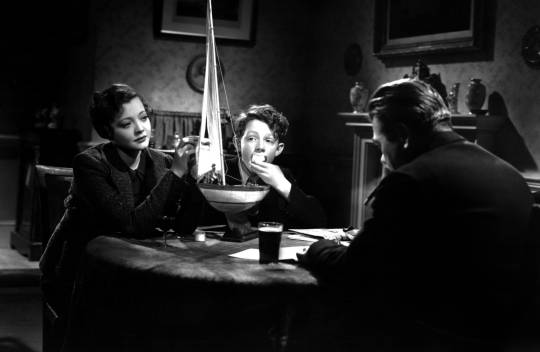
Sylvia Sidney, Desmond Tester, and Oscar Homolka in Sabotage (Alfred Hitchcock, 1936)
Cast: Sylvia Sidney, Oscar Homolka, Desmond Tester, John Loder, Joyce Barbour, Matthew Boulton, S.J. Warmington, William Dewhurst. Screenplay: Charles Bennett, Ian Hay, Helen Simpson, based on a novel by Joseph Conrad. Cinematography: Bernard Knowles. Art direction: Oscar Friedrich Werndorff. Film editing: Charles Frend. Music: Hubert Bath, Jack Beaver, Louis Levy. In one of the coldest-hearted scenes ever put on film, a young boy plays with a puppy held by a woman seated next to him on a London bus, and then they are blown to bits by the bomb he has unwittingly been carrying. The scene would be less shocking if we hadn't spent a good part of the movie getting to know Stevie (Desmond Tester), the younger brother of Mrs. Verloc (Sylvia Sidney), whose husband (Oscar Homolka) belongs to a terrorist group. We have seen Stevie carrying his lethal package, which Verloc has commissioned him to leave at a specific location by a certain time, and we have grown fond of him when he is detained by a street hawker selling toothpaste and hair tonic and pauses to watch a parade. As the fatal time grows closer, we feel sure that something will happen to defuse the bomb, as usually happens in movies, so its detonation comes as a reversal of movie convention, one so radical that even Hitchcock will not attempt anything quite like it until he kills off the star of Psycho in mid-film 24 years later. Even then, he will not do anything so sadistic as add a puppy to the scene. Sabotage is not one of Hitchcock's more famous movies -- it's often confused with his Saboteur (1942). But it is, I think, one of his most characteristic because of his willingness to violate convention. The film is based on Joseph Conrad's The Secret Agent -- a title he couldn't use because it was the title of his other 1936 release, an adaptation of a Somerset Maugham story that starred John Gielgud and Madeleine Carroll. But Sabotage is closer to Kafka than to Conrad, a film that verges on the surreal and dreamlike at times. The Verlocs own a movie theater and their home is separated from it by a passageway behind the screen, so that sometimes the sounds from the movies that are playing enter their daily lives. Stunned by Stevie's death, Mrs. Verloc goes out into the theater, where a Disney short, "Who Killed Cock Robin?", is playing, and suddenly begins laughing at the absurd cartoon action. Much else in the film is similarly askew: The bomb-maker, for example, keeps his explosives in ketchup bottles and condiments jars, and when he goes to get the bomb for Verloc, he finds his granddaughter's doll in the cabinet. (If, indeed, she's his granddaughter -- there's much coy mystery about that.) There's an oddball romance between Mrs. Verloc and Ted (John Loder), the Scotland Yard detective who works undercover at the greengrocers' next to the Verlocs' theater, keeping an eye on Verloc. And the ending is a mare's nest of ambiguities that don't lend themselves to summary. What keeps the movie from descending into incoherence is Hitchcock's sure sense of style and the occasionally expressionistic cinematography of Bernard Knowles. Later, Hitchcock would express regret over the way he handled Stevie's death, but it remains consistent with the haunting effect of the film as a whole.
1 note
·
View note
Quote
This might have been a pacifist film if Hawkins and Holden had blown up the bridge while all the British prisoners were lined up on it, and even that wouldn't have proved anything, for the analogous depth-charge episode in The Cruel Sea doesn't lead to a pacifist reaction. You can't make an omelette without breaking eggs and you can't make war without scrambling a few guts. In America, even better class audiences, it appears, shriek 'Kill Him! kill him!' as Nicholson tries to save his bridge. Industrial hall audiences here don't shriek, and they feel sorry for him, but - he's got to go. For the anti-Nicholson audience, the doctor's cry - 'Madness! madness!' - refers to Nicholson's actions. For the pro-Nicholson audience, it condemns the destructiveness of war. For those who feel with both sides, even if they know that Nicholson must die, it underlies the tragic criss-cross of heroisms of which the greatest has gone wrong, in a convulsive and challenging way. Nicholson's own evolution is not particularised. Is the bridge, for him, a symbol of the unconquerable quality which he, and his men, can show? Is it an emblem of honour, beyond all question of usefulness? Or do its associations with engineering relate it to the long utilitarian-liberal-middle-class tradition with its pacifist leanings (the merchant skipper of Billy Budd is an earlier champion of the same creed)!
Raymond Durgnat, A Mirror for England
#raymond durgnat#a mirror for england: british movies from austerity to affluence#the bridge on the river kwai#david lean#charles frend#herman melville
8 notes
·
View notes
Photo


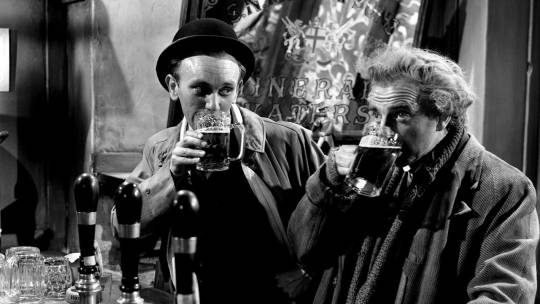


A Run for Your Money (1949) Charles Frend
February 6th 2023
#a run for your money#1949#charles frend#donald houston#meredith edwards#moira lister#alec guinness#hugh griffith#clive morton#leslie perrins#dorothy bramhall#julie milton#joyce grenfell#peter edwards#andrew lee#patric doonan#ealing
3 notes
·
View notes
Photo
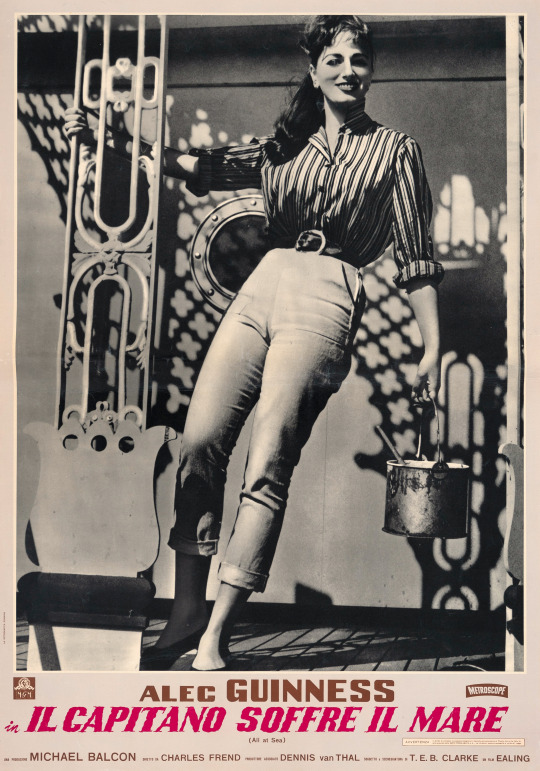
Barnacle Bill (aka All at Sea), Italian lobby card (fotobusta). 1957
#submission#Barnacle Bill#All at Sea#Charles Frend#jackie collins#Lobby Card#Lobby Cards#Fotobusta#Fotobuste
3 notes
·
View notes
Text
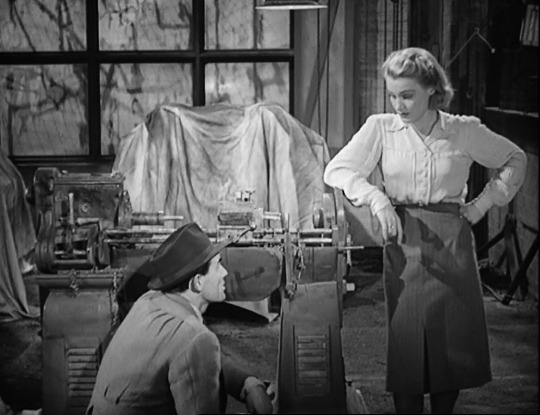
Clifford Evans-Constance Cummings "The foreman went to France" 1942, de Charles Frend.
5 notes
·
View notes
Text










The Cruel Sea (1953) dir. Charles Frend
Starring-Donald Sinden, Jack Hawkins, Stanley Baker, Denholm Elliott, John Stratton, Virginia McKenna
#the cruel sea#1953#charles frend#donald sinden#jack hawkins#stanley baker#virginia mckenna#brit film#uk cinema#denholm elliott#screencaps#screengrabs#my edits#brit cinema
27 notes
·
View notes
Photo
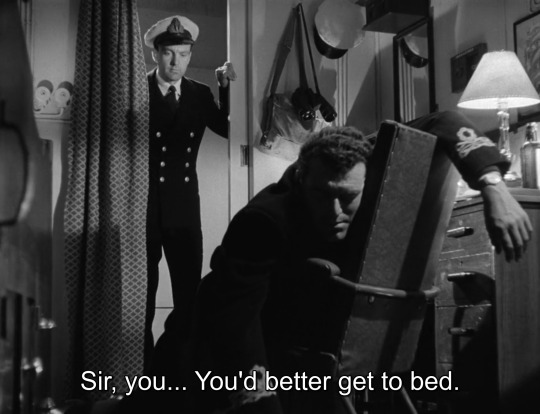
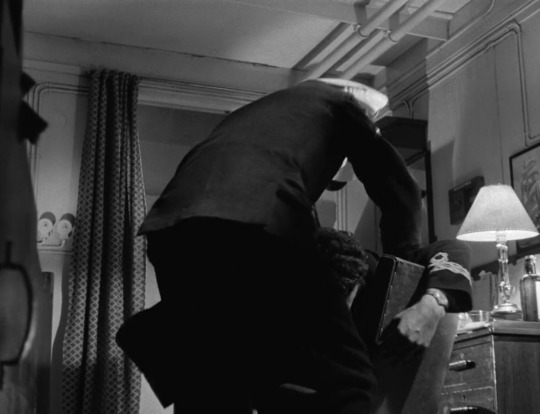
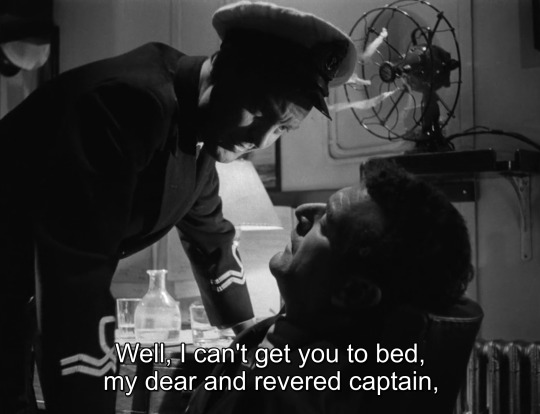
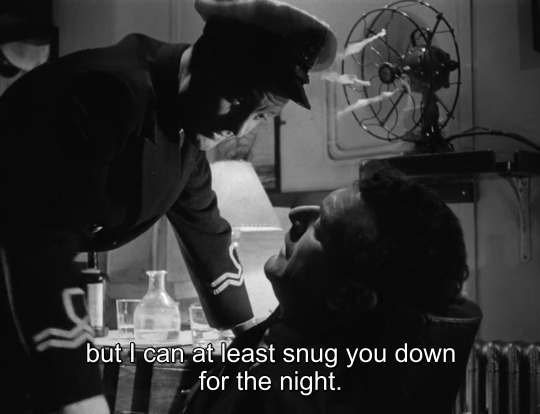
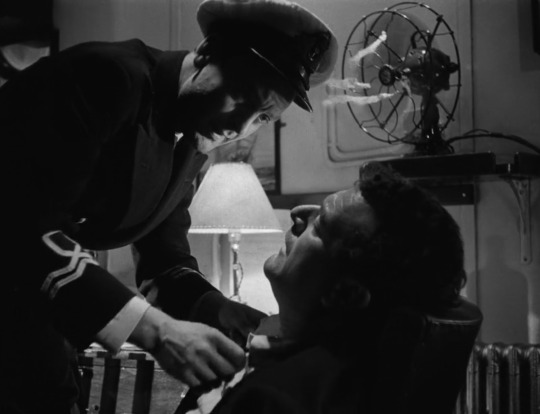

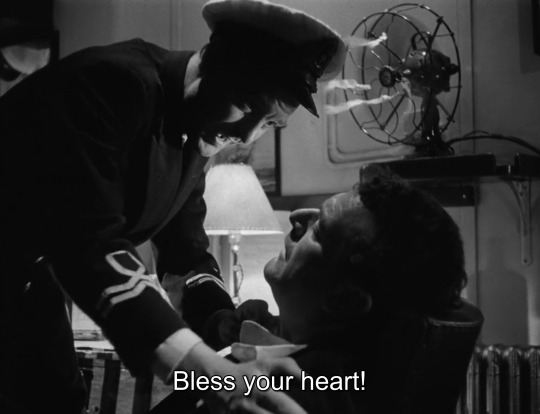
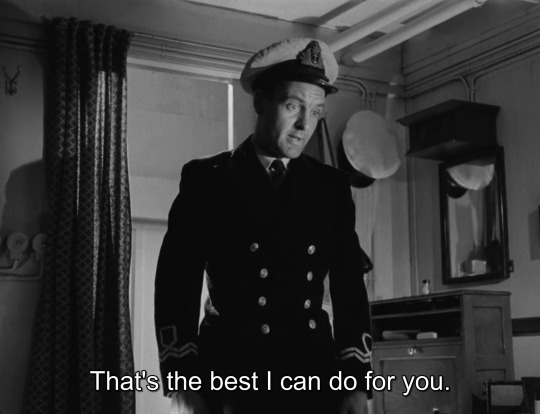
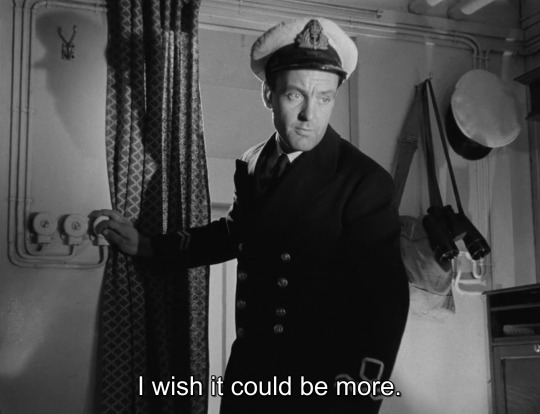


The Cruel Sea (1953) dir. Charles Frend
#<33333333333333333333333#the cruel sea#jack hawkins#donald sinden#gay subtext#gs*#charles frend#mine
144 notes
·
View notes